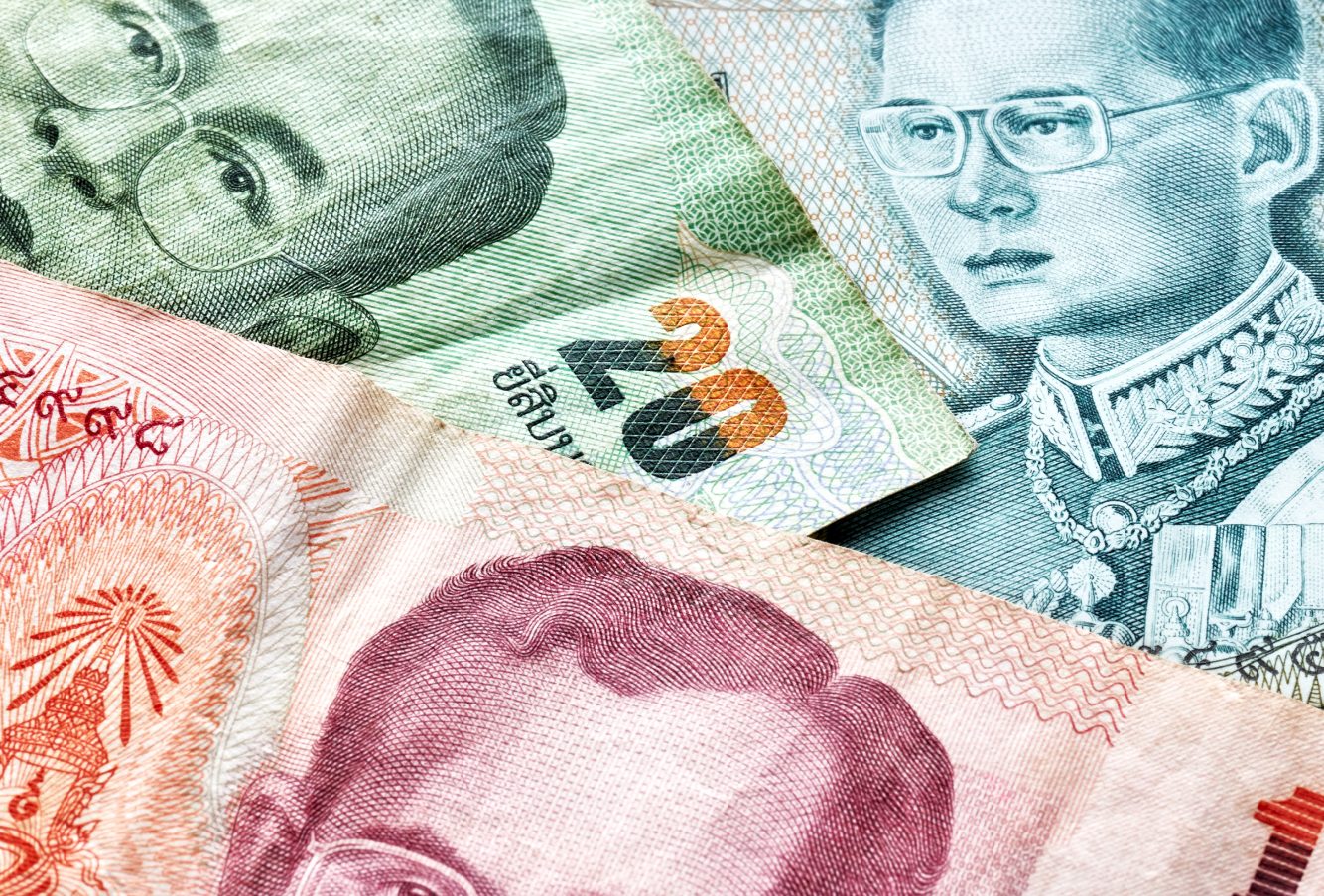Thailand Import Tax and Duties
A Complete Guide
Latest update on 14 June, 2024 by Aurora Park– Marketing Analyst at FreightAmigo
Understanding Thailand’s import tax and duties is crucial for businesses and individuals involved in international logistics. This guide provides an overview of these regulations, including how they are calculated and the necessary customs procedures. By complying with Thai law, importers can avoid delays and penalties. With Thailand’s growing role in commerce, it’s essential to comprehend these regulations for efficient logistics operations.
Want To Compare The Best Express, Air Freight, Sea Freight, Rail Freight & Trucking Rates So As To Have Better Control On Cost?
Understanding Import Duties
In Thailand, customs duties are governed by the Customs Act and the Customs Tariff Decree, applying to both imports and select exports. Goods are classified according to the Harmonized Commodity Description and Coding System, specifically the ASEAN Harmonized Tariff Nomenclature 2022, which aligns with the global Harmonized System 2022. Duties on imports are calculated either on a specific or an ad valorem basis, with the higher rate applied, varying between 0% and 80%. Notably, exemptions and preferential duty rates exist, the latter for goods from nations with a free trade agreement with Thailand. Additionally, Thailand adheres to the WTO Valuation Agreement, basing customs value primarily on the transaction value of goods, which might be adjusted for elements like royalties or subsequent resale proceeds. In instances where the declared price is suspiciously low, Thai Customs is likely to challenge the declared value to ensure compliance and fairness in trade practices.
Calculating Import Taxes
In Thailand, the calculation of import taxes is primarily based on the CIF (Cost, Insurance, and Freight) value of the goods. This includes the cost of the goods as stated in the commercial invoice, insurance typically at 1% of the cost, and the freight charges. Here’s a step-by-step breakdown of how these taxes are computed:
- Determine CIF Value: Add the cost of the goods, insurance, and freight to get the CIF value.
- Calculate Import Duty: Multiply the CIF value by the import tariff rate applicable to the specific Harmonized System (HS) code of your goods. Different types of goods have varying tariff rates.
- Compute VAT: Add the CIF value and the calculated import duty, then multiply the total by the VAT rate, which is currently at 7% but typically stands at 10%.
- Total Tax Payment: Sum up the import duty and VAT to find out the total tax payment due.
For goods with a CIF value over 1,500 baht or for restricted items, these calculations ensure compliance with Thai customs regulations. Import duty percentages can vary significantly depending on the product category, so it’s crucial to verify the HS code and corresponding duty rate on the Thai Customs website.
Customs Procedures and Documentation
In Thailand, the customs procedures for imports and exports are rigorously structured. We must submit a Customs export entry form or import entry form, accompanied by essential shipping documents such as a commercial invoice, packing list, bill of lading/airway bill, and letter of credit. For specific products like food, pharmaceuticals, and hazardous substances, an additional import/export license or authorization from relevant agencies is required. Notably, for information technology imports, Thailand has waived the certificate of origin requirement under the WTO Information Technology Agreement. Utilizing a freight forwarder for handling customs clearance is highly recommended to navigate these procedures efficiently. Goods arriving in Thailand must be declared through the e-Customs system, with duties payable upon the vessel’s arrival. Goods can be stored in a Customs bonded warehouse under specified conditions before release, ensuring compliance and facilitating smooth logistics operations.
Conclusion
In this guide, we explored Thailand’s import tax and duties, providing readers with the knowledge needed to navigate these regulations successfully. By understanding import duties, calculating taxes, and following customs procedures, businesses can improve efficiency and compliance in importing goods to Thailand. Comprehending these regulations also opens opportunities in Thailand’s growing trade sector.
As we conclude, it’s important to remember that the realm of international trade is ever-changing, requiring ongoing education and strategic partnerships. For those looking to streamline their import processes further, leveraging the expertise of a seasoned freight forwarding partner like FreightAmigo can provide invaluable assistance and insights. Embracing the complexities of Thailand’s import taxes and duties as outlined in this guide will undoubtedly pave the way for successful and compliant trade endeavors in this dynamic market.
If You Wish To Import To Thailand, Please Go To The FreightAmigo Page For Inquiries
Read more:
A Comprehensive Guide to UK Import Tax and Duty | FreightAmigo
Understanding Italy Import Custom Duties & Taxes | FreightAmigo
Navigating Import Duties and Taxes in Germany | An Expert Guide | FreightAmigo
If you have any inquiries on logistics / supply chain, feel free to contact FreightAmigo now:
Chat with us online | Hotline: +852 28121686 | WhatsApp: +852 27467829









































